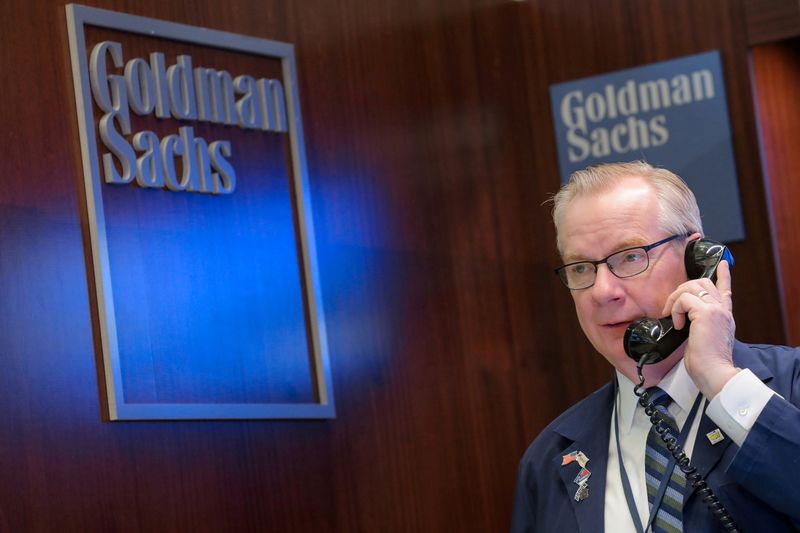Note: This is a translation of the original article in Spanish. The translated article may not perfectly reflect the intended meaning of the original text.
The US Dollar Falls as Markets Await Monthly Employment Report
The US dollar is losing ground at the beginning of Friday’s trading session in Europe as markets await the monthly employment report, and the yen weakened after the Bank of Japan decided to maintain its ultra-loose stance.
As of 9:00 am (CET), the US Dollar Index, which tracks the currency’s performance against a basket of six other major currencies, is down 0.2% to 105.125, although it is on track for a weekly gain of 0.7%.
The dollar has reversed some of its strong gains from the week after the weekly jobless claims data released on Thursday showed that the number of Americans filing new claims for unemployment benefits has registered its biggest increase in the past five months.
However, the losses have been limited as traders await the highly anticipated monthly employment report on Friday. Earlier this week, Federal Reserve Chair Janet Yellen explicitly mentioned that this economic data would influence the central bank’s monetary policy stance regarding further interest rate hikes.
It is expected that non-farm payrolls increased by 205,000 jobs last month, slowing down from the 517,000 jobs added in January. However, there is a possibility of another upside surprise, especially after the aggressive tone of Powell in his semi-annual appearance before Congress.
Meanwhile, the USD/JPY pair is up 0.2% to the level of 136.32 after the Bank of Japan decided to keep interest rates at historic lows on Friday and stated that it would continue its ultra-loose monetary policy in the last meeting with Governor Haruhiko Kuroda at the helm.
Kazuo Ueda will take over the central bank’s leadership and has indicated that he will maintain the Bank of Japan’s ultra-loose stance, at least in the short term.
The EUR/USD pair is up 0.2% to the level of 1.0602, after German harmonized consumer prices, compared with those of other EU countries, rose 9.3% year-on-year in February and 1% throughout the month.
Although these figures confirm preliminary data, they also illustrate the difficulties that the European Central Bank will have in returning eurozone inflation to its medium-term target of 2.0%.
The GBP/USD pair is up 0.2% to the level of 1.1947 after it was revealed on Friday that UK retail sales increased by 0.3% month-on-month in January, above the expected 0.1%.
Signs that the British economy is showing some resilience could help the Bank of England decide to raise interest rates again this month.
The AUD/USD pair is up 0.2% to the level of 0.6600, the NZD/USD is up 0.2% to 0.6114 and the USD/TRY is up to 6.9660.
The USD/TRY pair is approaching historic lows against the dollar following last month’s severe earthquakes and as the country continues to implement unorthodox monetary policies under President Tayyip Erdogan’s leadership.
The lira lost 30% of its value against the dollar in 2022 and 44% the previous year.



:quality(70)/cloudfront-us-east-1.images.arcpublishing.com/lanacionpy/5MDDIC5JGFBKDFK3WC27LSIGOU.jpg)




